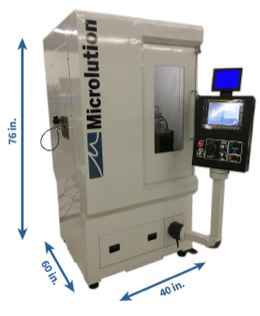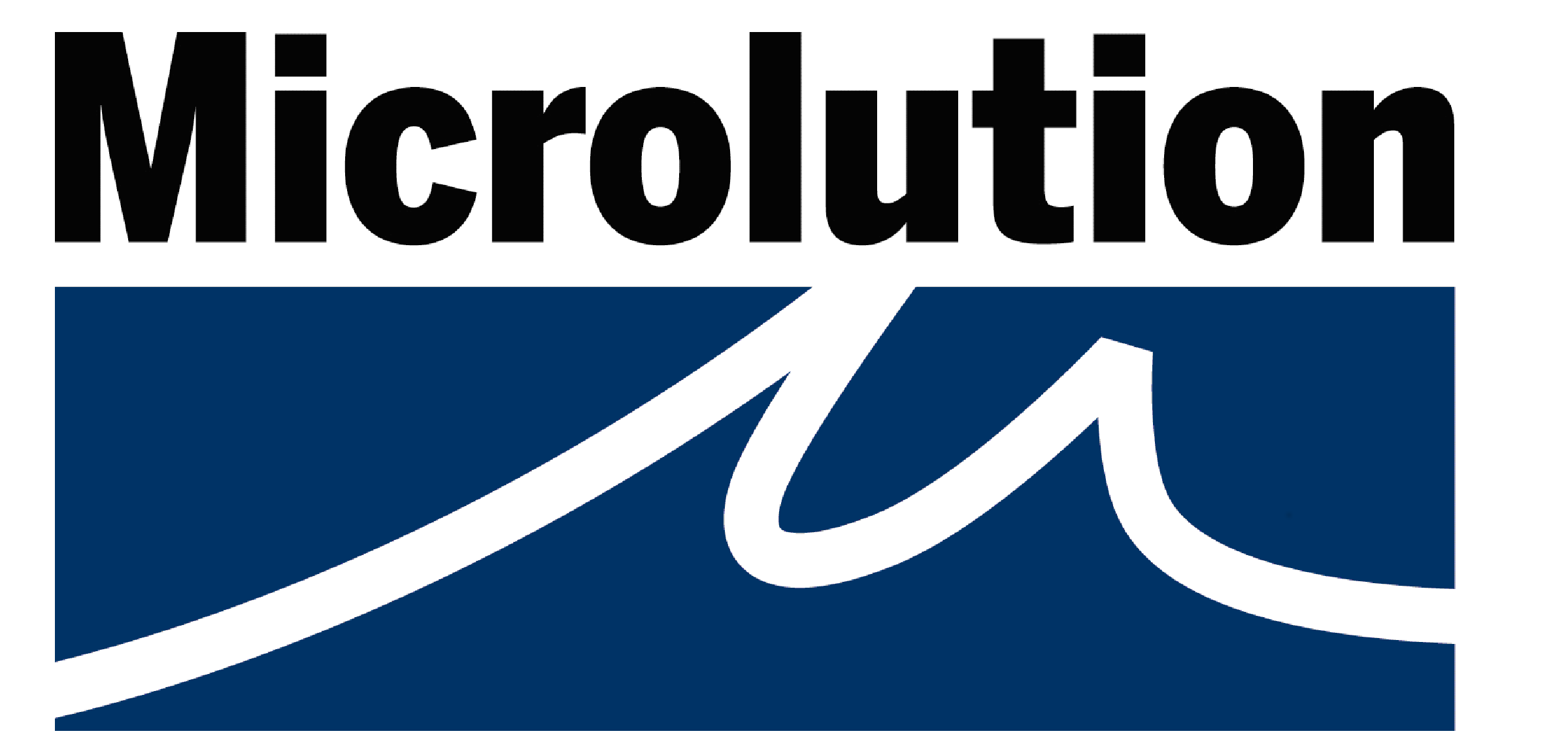
GF Machining Solutions, , will purchase micromanufacturing machine builder Microlution Inc., Chicago, according to a comany news release issued May 11. Described as a specialist of micro-machining based on milling and laser technologies, Microlution was founded in 2005 and reportedly generated $10 million in 2015 with a workforce of 30 employees.
The acquisition is in line with GF Machining Solutions' strategy to grow its technology portfolio to cover the needs of its key target sectors, such as the aerospace and medical fields, according to the news release.
“We warmly welcome Microlution to GF," said GF Machining Solutions CEO Yves Serra. "The company has developed within a short time a remarkable know-how in micro-machining, which complements very well the technology portfolio of GF Machining Solutions. We look forward to supporting Microlution in widening its presence in the U.S. and worldwide.”
Andy Phillip, Microlution's president and director, echoed the sentiment: “We are excited for our team, products and technology to join forces with GF Machining Solutions. Microlution’s customers have benefited from our innovative systems for nearly 10 years. With our new partner, we will increase our ability to serve our customers and grow.”
Contact Details
Contact Details
Related Glossary Terms
- gang cutting ( milling)
gang cutting ( milling)
Machining with several cutters mounted on a single arbor, generally for simultaneous cutting.
- milling
milling
Machining operation in which metal or other material is removed by applying power to a rotating cutter. In vertical milling, the cutting tool is mounted vertically on the spindle. In horizontal milling, the cutting tool is mounted horizontally, either directly on the spindle or on an arbor. Horizontal milling is further broken down into conventional milling, where the cutter rotates opposite the direction of feed, or “up” into the workpiece; and climb milling, where the cutter rotates in the direction of feed, or “down” into the workpiece. Milling operations include plane or surface milling, endmilling, facemilling, angle milling, form milling and profiling.








